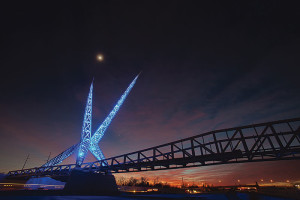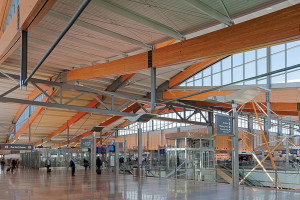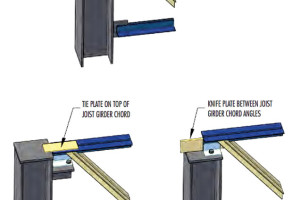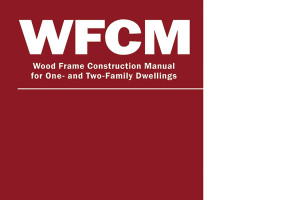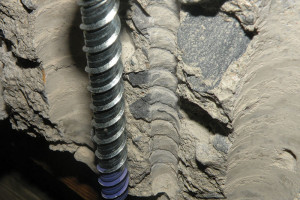SXL was an Award Winner for the SkyDance Bridge project in the 2013 NCSEA Annual Excellence in Structural Engineering awards program (Category – New Bridges & Transportation Structures).
Mayor Cornett described this project as a competition to design a pedestrian bridge of iconic status to serve as a symbol of Oklahoma City. …

